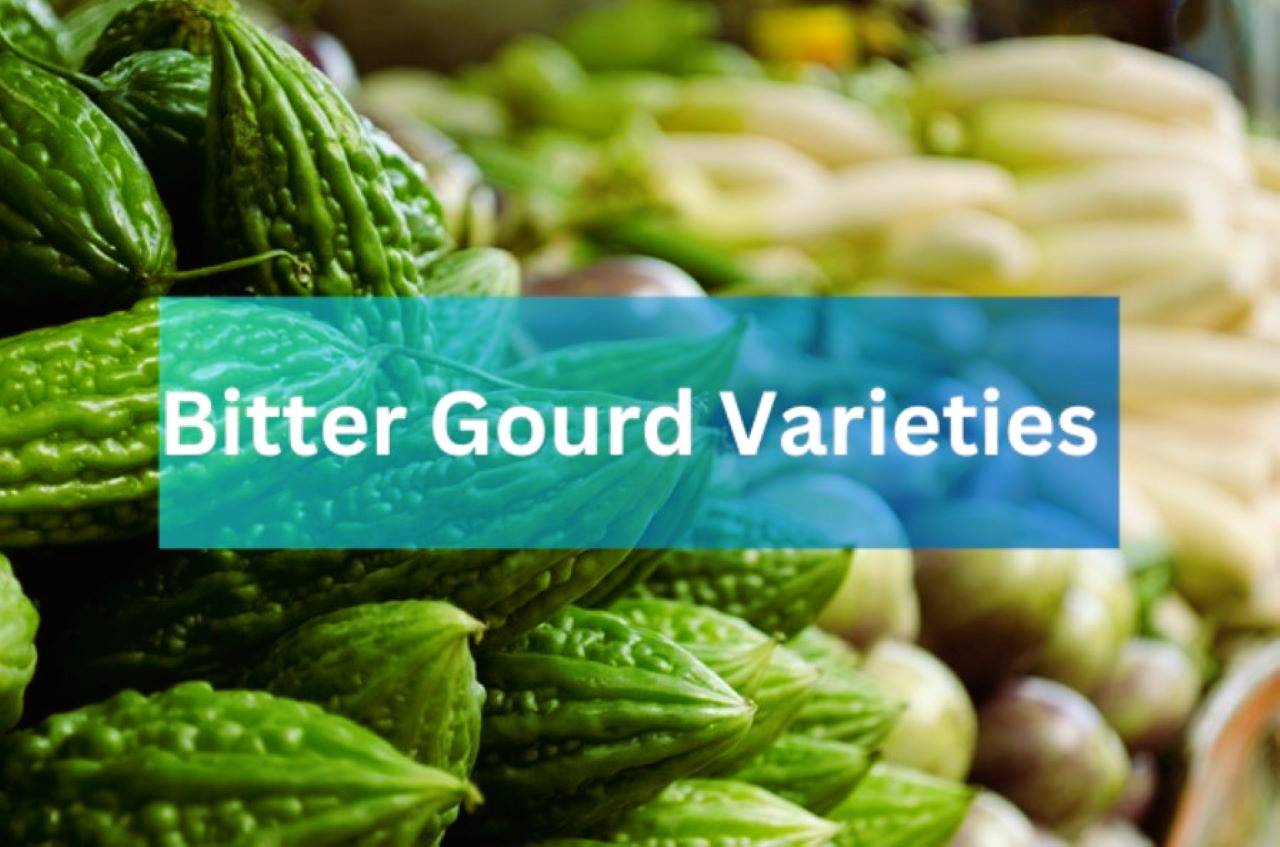
Bitter gourd exhibits a diverse range of plant and fruit characteristics in our country, with smaller fruits in the summer and longer fruits in the rainy season. Primarily cultivated as a warm-season crop in tropical and subtropical regions, it can also thrive in slightly cooler temperatures. The important recommended varieties of bitter gourd are described below in the article.
In India, it is grown from the plains to an altitude of 1500 meters. The growth requirements of bitter gourd are generally long periods of warm preferably dry weather with plenty of sunshine. For good fruit quality, dry weather during fruit maturity is necessary. It is not adapted to resist even light frost and will have to be given proper protection if grown in the winter months. Bitter gourd is generally grown in summer as well as in the rainy season. In the latter season, vine growth is spread very extensively. In South and Central India, it can be cultivated around the year.
Soil Type & Preparation of field
Bitter gourd cultivation thrives in sandy loam soils abundant in organic matter, boasting good drainage and a pH range of 6.5-7.5. This crop prefers moderate warm temperatures. Prepare the field by ploughing to a fine tilth and creating pits measuring 30 cm x 30 cm x 30 cm at a spacing of 2 x 1.5 m, forming basins accordingly.
Sowing & Irrigation
Plant seeds (5 seeds per pit) treated with Trichoderma viride at 4 g, Pseudomonas fluorescens at 10 g, or Carbendazim at 10 g per kilogram of seeds. Thin the seedlings to two per pit after 15 days. Ensure to irrigate the basins before sowing the seeds and then once a week thereafter.
Bitter Gourd Varieties:
1. Pusa Do Mausmi
It is a selection from a local collection, suitable for spring, summer, and rainy season cultivation. This variety has been released by the I.A.R.I., New Delhi. The fruits reach edible maturity, in about 55 days from sowing. Fruits are dark green, long, medium-thick, club-shaped with 7-8 continuous ridges, 18 cm long at the edible stage, and 8-10 fruits weighing about one kilogram.
2. Arka Harit
It has been released by the IIHR, Bangalore. It has medium-sized, spindle-shaped fruits with green skin, thick flesh, moderate bitterness, and fewer seeds. It grows well both in the summer and rainy season but the maximum yield is obtained during the rainy season. Fruits are ready for harvesting in 12-14 days after pollination. It yields about 120 quintal fruits per hectare in 100-110 days duration.
3. Coimbatore Long
This variety has been released by the Agricultural Research Institute, Coimbatore. Fruits are long, tender, and white in color. This variety is suitable for the rainy season. The vines are prolific and heavy yielders.
4. VK-I (Priya)
It is a selection from Kerala Agricultural University. The fruits are extra long (about 39 cm long). It takes about 60 days from sowing to the first harvest. On average, there are 55 fruits per plant.
5. MDV- l
This is a long fruited and high-yielding bitter-gourd variety. It is medium branching and early flowering variety. The vine bears about 20-25 fruits per plant and the per hectare yield is about 250 quintals.
6. Pusa Vishesh
This variety has been released and recommended for cultivation as a summer season crop by the I.A.R.I., New Delhi. The vine is dwarf and bushy and easy to manage. The fruits are attractive green, fusiform with many irregulars broken smooth and glossy ridges on the surface. They are medium long and thick. It is early in maturity and takes about 55 days to come to harvest after sowing.
Hybrid Bitter Gourd Varieties
CO.1:
Choose the local variety from Thudiyalur. The fruits are medium-long and dark green, weighing 100-120g each. With a crop duration of 115 days, it has a yield potential of 14.0 tonnes per hectare.
MDU 1:
A newly developed mutant variety exhibits elongated green-white fruits with warts, reaching a length of 30-40cm. This variety has a yield potential of 32-35 tons per hectare and matures within 120-130 days.
COBgoH.1:
This variety is a hybrid of MC.84 x MDU.1, with a yield potential of 52.0 tonnes per hectare within a crop duration of 115-120 days. The fruits exhibit high momordicin content at 2.99 mg/g and are characterized by their white color.











